#6th century art
Photo
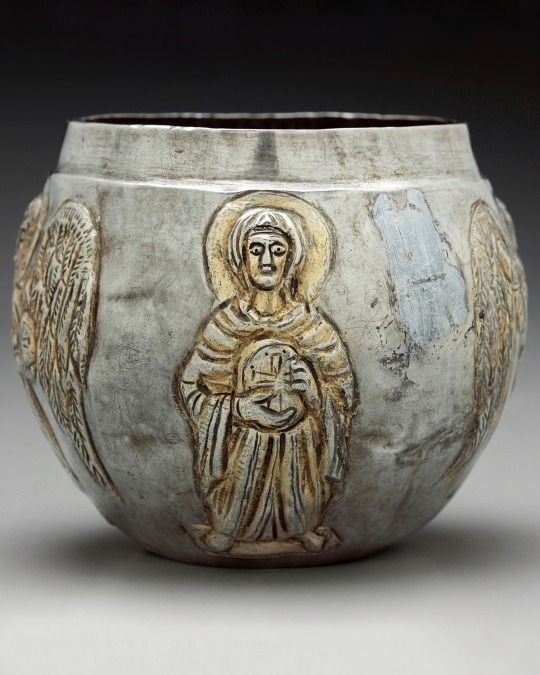
Pyxis with representations of Christ, the Virgin Mary, and two archangels - Syria, 6th century
#art#metal arts#Pyxis with representations of Christ the Virgin Mary and the two archangels#Syrian art#6th century art#The Museum of Fine Arts Boston
4 notes
·
View notes
Text
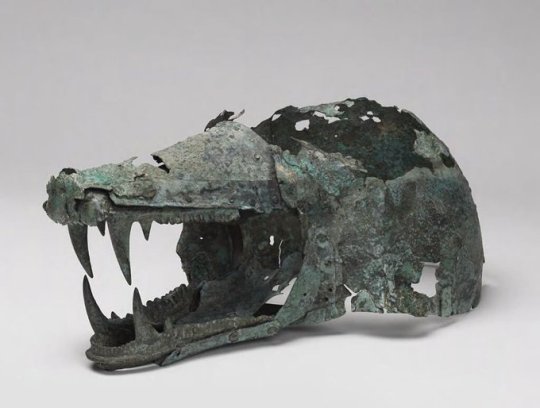
Etruscan Bronze Helmet in the Shape of a Wolf’s Head
6th-5th centuries BCE.
#Etruscan Bronze Helmet in the Shape of a Wolf’s Head#6th-5th centuries BCE#Wolf's Head Helmet#Head of a Boar#bronze#bronze helmet#bronze sculpture#ancient artifacts#archeology#archeolgst#history#history news#ancient history#ancient culture#ancient civilizations#etruscan history#etruscan art
4K notes
·
View notes
Text
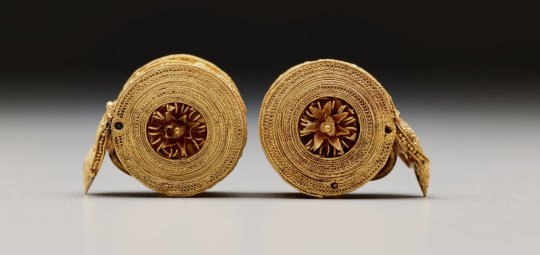
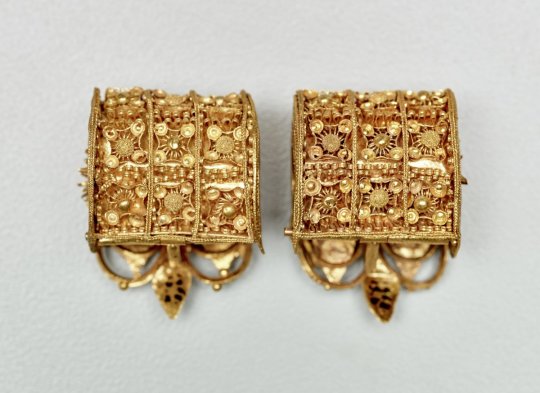
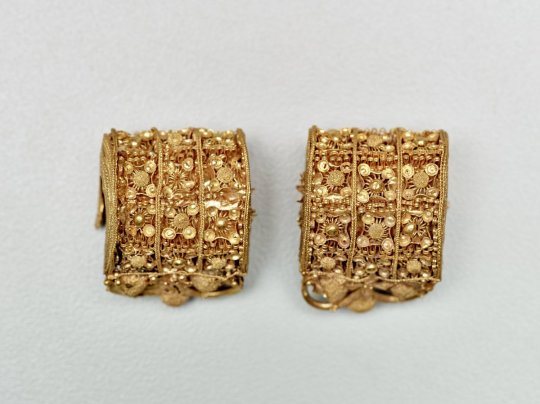

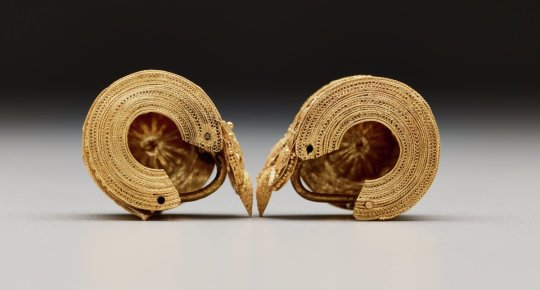
~ Pair of bauletto earrings.
Culture: Etruscan
Date: 6th century B.C.
Medium: Gold
#ancient#ancient art#history#museum#archeology#archaeology#ancient history#ancient jewelry#jewelry#earrings#bauletto earrings#etruscan#gold#6th century B.C.
2K notes
·
View notes
Text
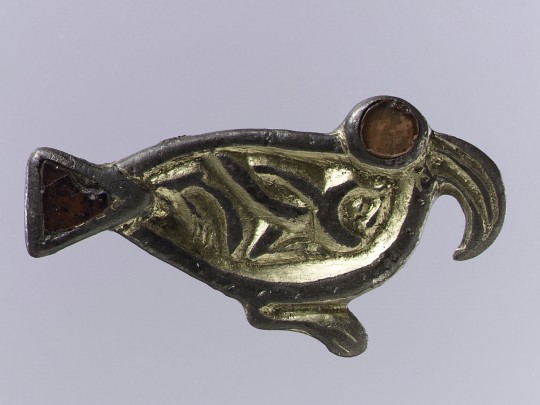

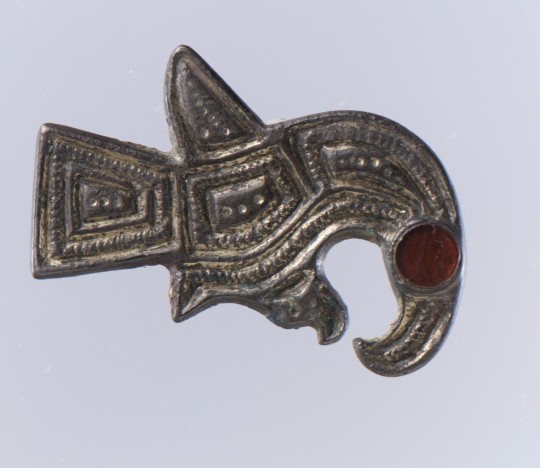
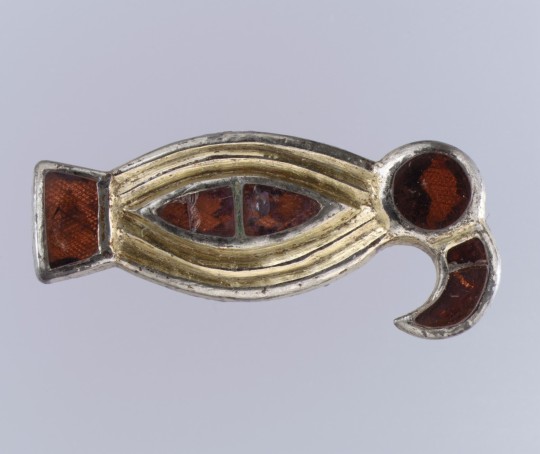


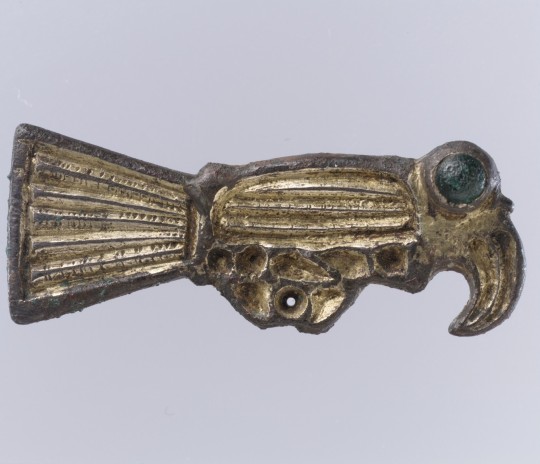

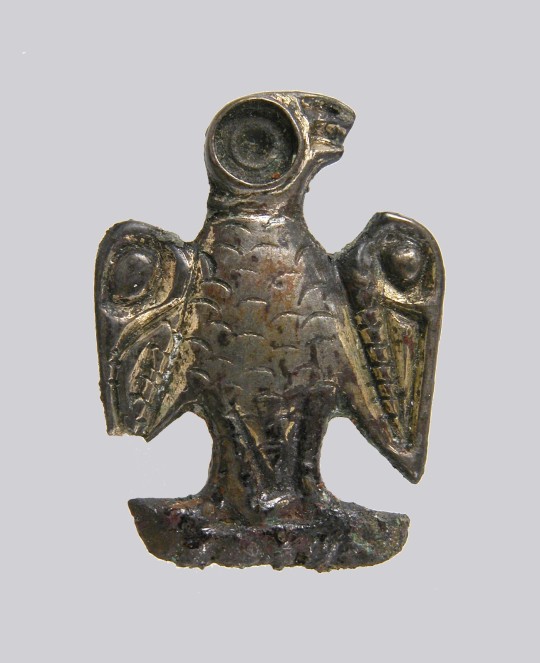

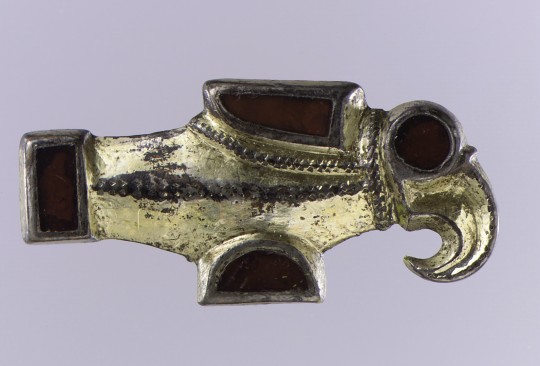


Apropos of nothing, here is a baker's dozen images of bird-shaped brooches ca. 6th century, from Frankish, Vendel, and Anglo-Saxon artisans. They all come from the Metropolitan Museum of Art collection on JSTOR, which includes nearly half a million open access images for everyone!
#medieval art#6th century#brooch#jewelry#birds!#research#jstor#do people still say baker's dozen?#open access
5K notes
·
View notes
Text


Early Byzantine, The Emperor Justinian and Empress Theodora with their Court Retinues, ca. 547, mosaic (San Vitale, Ravenna)
Mosaics in situ (flanking apse windows beneath Christ in Majesty mosaic), details of Emperor and Empress
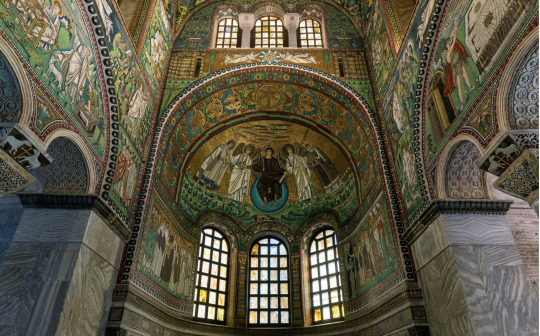
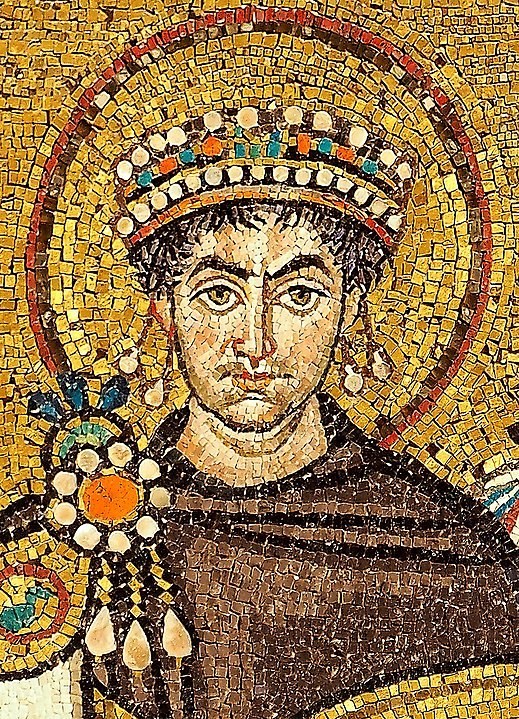

677 notes
·
View notes
Text

Attic black-figure cup
* Athens
* 6th century BCE
* Medelhavsmuseet, Stockholm
Stockholm, November 2023
91 notes
·
View notes
Text

Day 9: Celtic - Morgan le Fay; I realize that the runes are Germanic, but it’s a Green Knight reference 👀👀
#jenstober23#morgan le fay#the green knight#arthuriana#arthurian legend#celtic mythology#roman britain#celtic#5th century#6th century#briton tag#traditional art#history art#inktober#inktober 2023#drawtober#drawtober 2023#artober#artober 2023#witchtober#witchtober 2023#day 9
120 notes
·
View notes
Text

Terracotta vase in the form of a swan (6th century BCE, Greek, Corinthian).
Image and text information courtesy The Met.
46 notes
·
View notes
Text
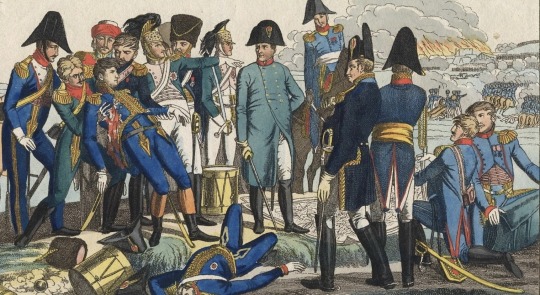
Why is this so funny? Duroc’s just been hit and this portrays Napoleon just standing there like that? Lol
#rip duroc#may 22nd#Duroc#géraud duroc#napoleonic#napoleon#napoleonic era#19th century#1800s#first french empire#french empire#6th coalition#war of the 6th coalition#france#history#art#frev#French#napoleon bonaparte#pic#battle#military history
96 notes
·
View notes
Text
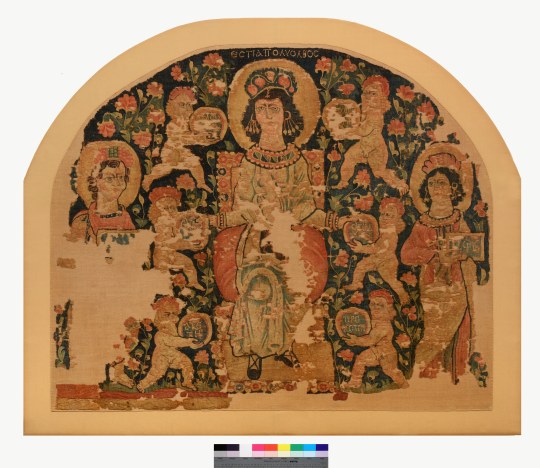
Hestia Polyolbus ('Hestia full of blessings') 6th C. CE
"The Hestia tapestry is a Byzantine-era Pagan tapestry made in the Diocese of Egypt in the first half of the 6th century. It is now in the Dumbarton Oaks Collection in Washington DC, but generally not on display.
The Hestia tapestry, which is made of wool, is a late representation of the Goddess Hestia. It measures 114 x 136.5 cm (44.9 x 53.7 inches). It shows the Goddess enthroned with two attendants and six putti. The tapestry is identified in Greek as “Hestía Polýolbos" or "Hestia full of Blessings" (Greek: Ἑστία Πολύολβος) and is depicted mainly through the use of pomegranate fruit. Her headdress and earrings are made from pomegranates while the blessings that Hestia gives out are in the form of the fruit.
The tapestry's history and symbolism are discussed in Friedlander (1945). Scholars note that this Pagan artifact is often displayed in Christian households in Egypt."
-taken from wikipedia
#hestia#ancient greek#greek myth#egypt#pagan#egyptian art#byzantine#tapestry#history#art history#artifacts#antiquities#museums#byzantium#6th century
136 notes
·
View notes
Photo

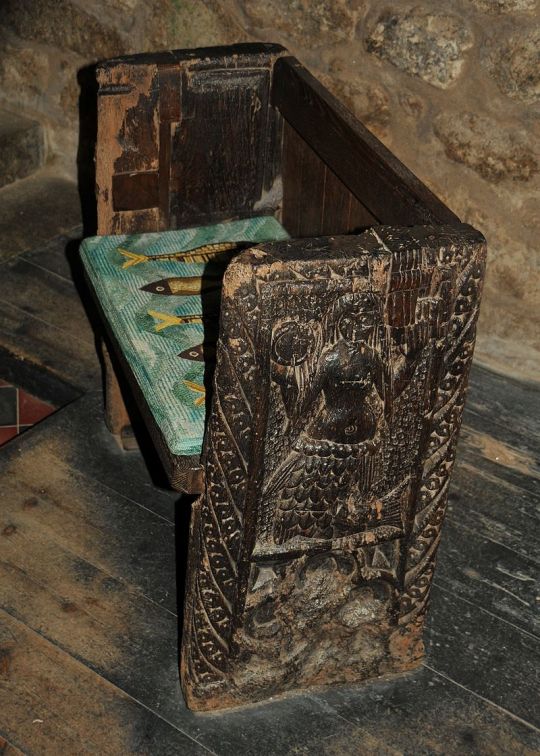
The Zennor Mermaid Chair in the church of St Senara, Cornwall, 6th-12th century
Long ago, a beautiful and richly dressed woman occasionally attended services at St. Senara's Church in Zennor, and sometimes at Morvah. The parishioners were enchanted by her beauty and her voice, for her singing was sweeter than all the rest. She appeared infrequently for scores of years, but never seemed to age, and nobody knew whence she came, although they watched her from the summit of Tregarthen Hill. After many years, the mysterious woman became interested in a young man named Mathey Trewella, "the best singer in the parish." One day he followed her home, and disappeared; neither was ever seen again in Zennor Church.
The villagers wondered what had become of the two, until one Sunday a ship cast anchor about a mile from Pendour Cove. Soon after, a mermaid appeared, and asked that the anchor be raised, as one of its flukes was resting on her door, and she was unable to reach her children. The sailors obliged, and quickly set sail, believing the mermaid to be an ill omen. But when the villagers heard of this, they concluded that the mermaid was the same lady who had long visited their church, and that she had enticed Mathey Trewella to come and live with her.
The parishioners at St. Senara's commemorated the story by having one end of a bench carved in the shape of a mermaid. The famed "mermaid chair" was the same bench on which the mermaid had sat and sung, opposite Trewella in the singing loft.
There are many reasons as to why there might have been a mermaid carved into a chair at a church, as mermaids represented two things to medieval Christians. They were thought to be a symbol of lust, due to their connection with the Greek goddess Aphrodite, and they were also thought to be an illustration of Jesus Christ, because of their fish-human form, for, just as mermaids are both human-like and fish-like, Jesus can be both human and divine.
98 notes
·
View notes
Text

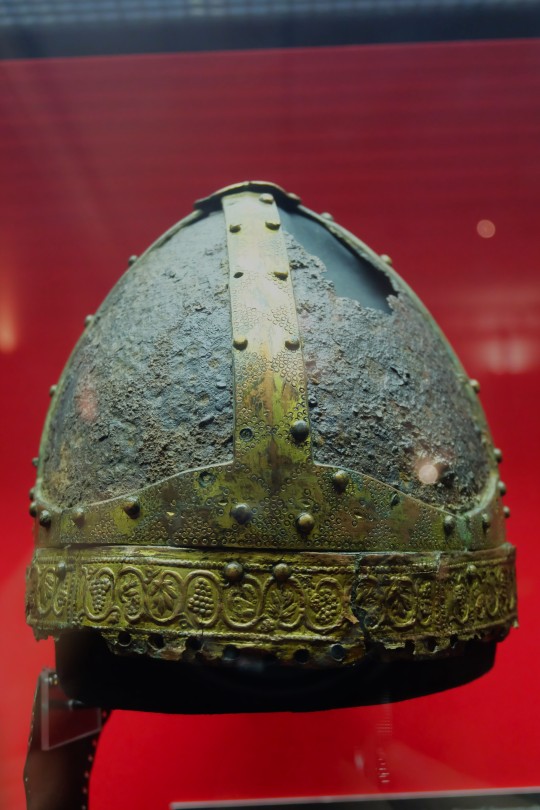
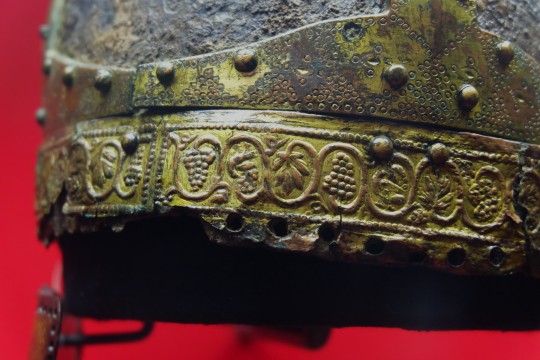
Spangenhelm Helmet thought to be from Istanbul, Turkey dated to around 500 CE on display at the Weltmuseum in Vienna, Austria
Spangenhelms, made up of an iron rim, clasp connections and individual plates, were primarily worn by Germanic high nobility and were sent from the Eastern Roman Empire as gifts to honour these nobles, primarily Frankish Princes. However these helmets can also be found in Vandal occupied North Africa, in the Balkans and Gotland, Sweden. The strangely complicated type of the helmet goes back to ancient Pontic and Iranian models and were brought to Europe by the migration of numerous Germanic tribes and trade with the Iranian nomadic peoples.
Photographs taken by myself 2022
#armour#archaeology#late antiquity#migration period#fashion#art#military history#easter roman empire#byzantine empire#turkey#turkish#6th century#weltmuseum#vienna#barbucomedie
8 notes
·
View notes
Text
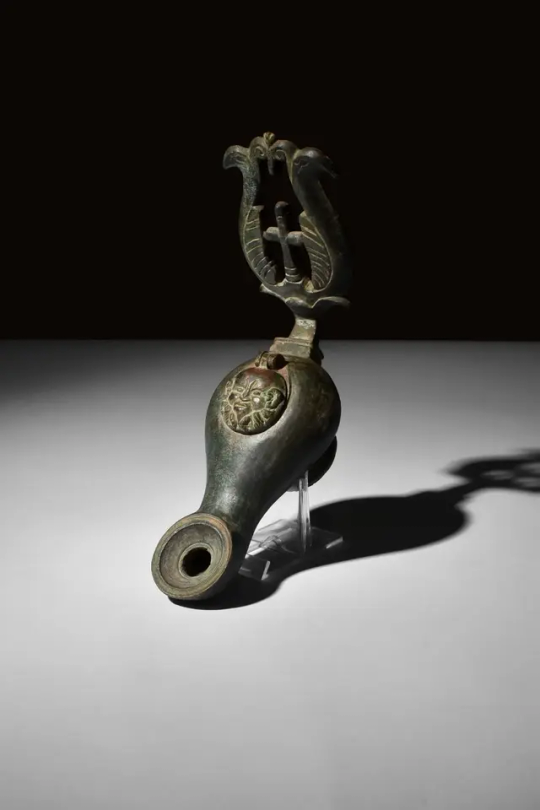
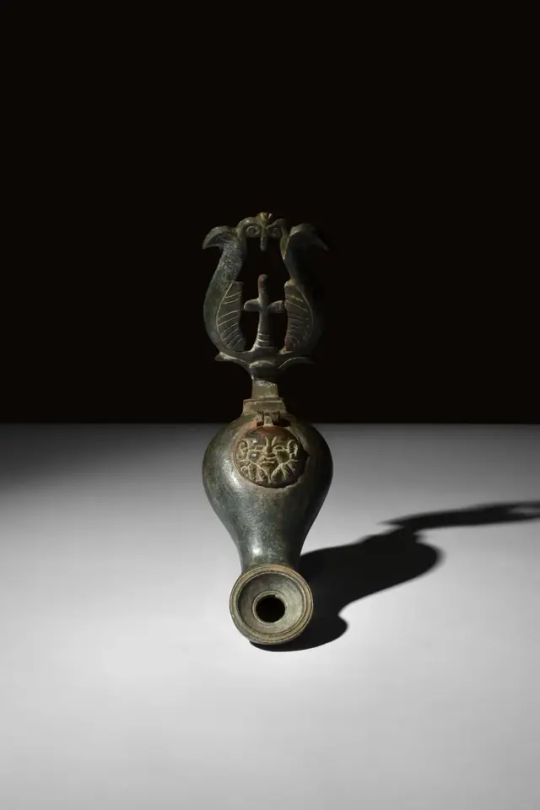
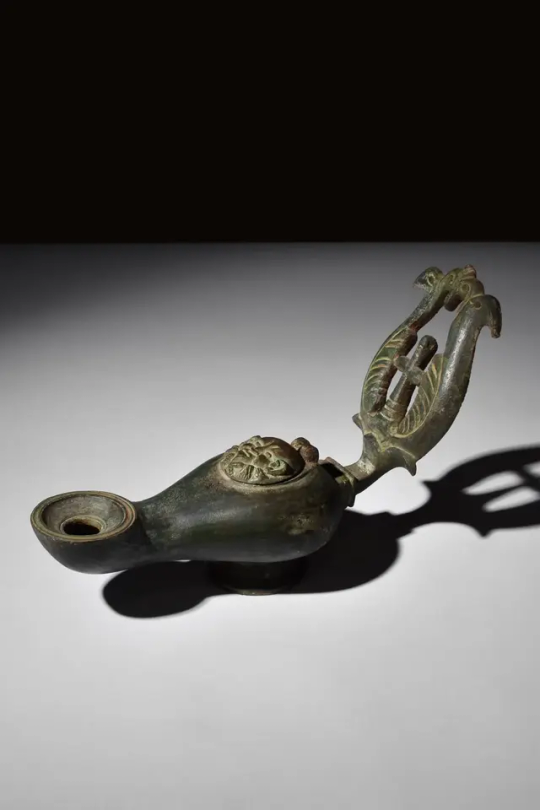
BYZANTINE BRONZE OIL LAMP WITH CROSS HANDLE
Ca. 4th-6th century AD
#BYZANTINE BRONZE OIL LAMP WITH CROSS HANDLE#Ca. 4th-6th century AD#ancient oil lamp#ancient artifacts#archeology#archeolgst#history#history news#ancient history#ancient culture#ancient civilizations#eastern roman empire#roman history#roman empire#roman art
165 notes
·
View notes
Text

~ Nose Ornament.
Date: A.D. 2nd–6th century
Placeoforigin: Perú
Culture: Vicús
Medium: Gold
#ancient#ancient art#history#museum#archeology#archaeology#nose Ornament#south america#peruvian#peru#pre columbian#gold#vicús#feline#cat#2nd century#6th century
864 notes
·
View notes
Text
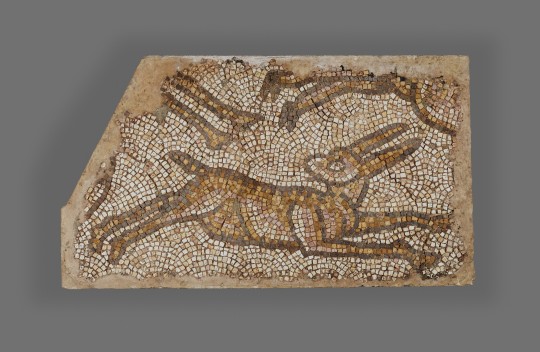
#MosaicMonday for #LunarNewYear #YearOfTheRabbit:
Mosaic Panel with Rabbit
Roman, from Syria, possibly Emesa (present-day Homs)
5th-6th century
Stone tesserae
68.6 cm × 114.3 cm
[Getty Museum 75.AH.118]
#rabbit#rabbits#mammals#mosaic#ancient Rome#Roman art#ancient art#Syria#5th century#6th century#Getty Museum#Mosaic Monday#Lunar New Year#Year of the Rabbit#animals in art
20 notes
·
View notes
Text

Hagia Sophia Grand Mosque (537 AD)
3 notes
·
View notes